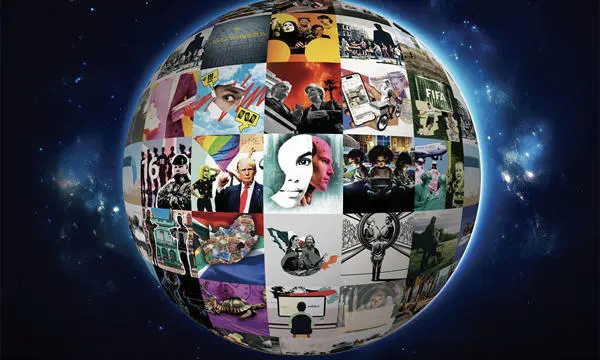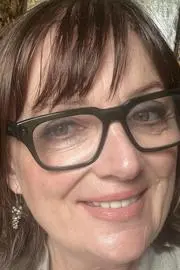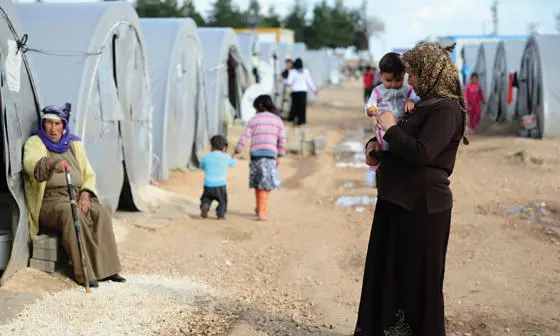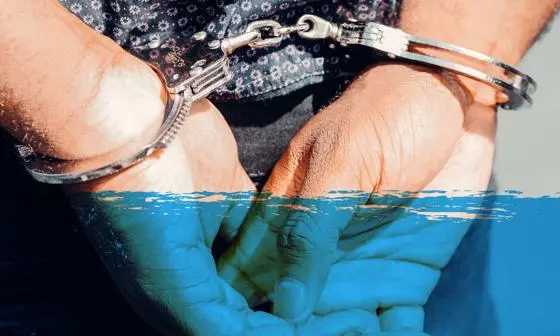Resilient women: what we can learn from Somali refugees in Britain
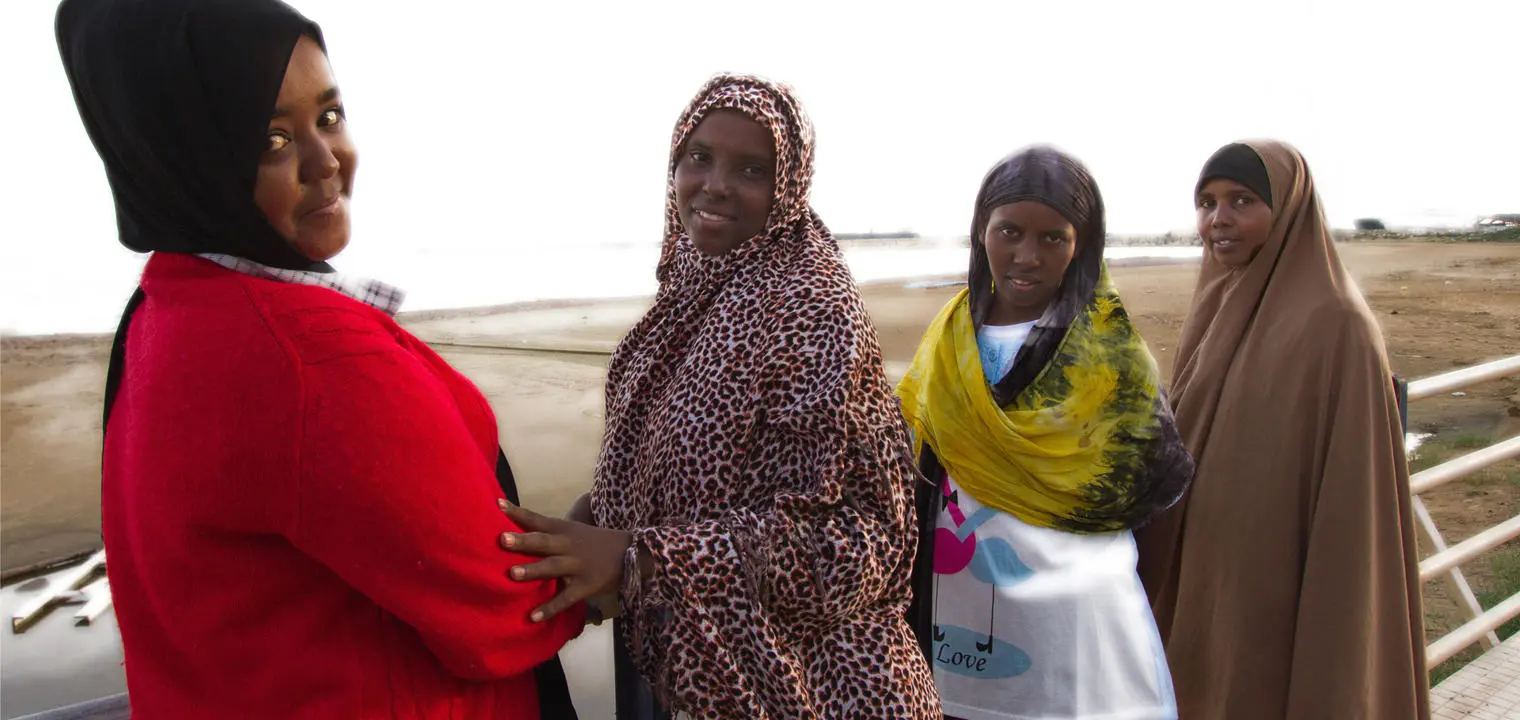
Contents
Western depictions of Africa often focus on the negative. Media references to countries like Somalia, for example, will often be followed by stories of warlordism, piracy and terrorism - each news item helping shape preconceptions of the continent and its people.
It is true, of course, that Somalia became an officially designated "collapsed state" by the early 1990s. The failures and excesses of the Said Bare regime had led to civil war by 1988. International peacekeeping then faltered, symbolised by the infamous Black Hawk Down incident, with dead US soldiers dragged through the streets of Mogadishu, as locals danced on. Fundamentalist group Al-Shabab then flourished. And today the country largely makes international headlines for civilian atrocities, bombings and corruption. But it is important to note that these are only part of the tale – moments amplified by a media that is still heavily influenced by Britain’s colonial past.
My research explores a hidden history and alternative narratives: the human impact of the top down, big processes that brought the 20th century to a violent close; and the tremendous pacific capacities and strategies for recovery.
Students… who were the most affected by the end of the Cold War… had little if any books on the curriculum about how this had precisely and dramatically impacted their families.
From war-torn Somalia to Britain: LSE’s Somali-British undergraduates inspired my book
This conflict had generated a sudden and massive flow of refugees. By the early 1990s, a steady trickle had increased dramatically from the northern areas of Somalia to Britain. My book, Women of the Somali Diaspora, chronicles the experiences of Somali women – mothers and daughters who suddenly found themselves in London, sometimes after a journey lasting a week or following a long stint in refugee camps, often with husbands or fathers missing, either left behind or killed.
Ever since I started teaching at LSE, I have had a small but steady presence of British-Somali students in my undergraduate course on the history of the British Empire. Exceptionally smart and from inner-city comprehensives, they had often won LSE studentships to study with us, and in turn they would usually be mentoring other intercity state school pupils from similarly under-represented backgrounds. They were all young women. At their graduations, they were there often just with their mothers, who they translated for.
It eventually dawned on me that despite being in a department of International History with a focus on the Cold War, we had students who were the most affected by the end of the Cold War (the Bare regime having been bankrolled by the US and the Soviets) but who had little if any books on the curriculum about how this had precisely and dramatically impacted their families.
Resilience, racism and finding oneself at "the bottom of the pile"
So, when a call for projects came from LSE under the banner of "Resilience post conflict", myself and a colleague then at SOAS put in a bid, and secured funding, to examine a case study of urban reconstruction and the Somali diaspora. We would focus on the northern area which had broken away from Somalia and become The Republic Somaliland (Somalilanders, as they call themselves, still lack international recognition as a state).
Running through the book, is the history and legacy of British colonial rule in this region, a topic which has been neglected in mainstream studies of empire.
As a historian, I was used to working in archives, poring over government documents or 19th century handwriting. I had to adapt to interviewing people and managing large amounts of spoken word. My intention had been to write about how women had helped rebuild Somaliland, but really listening to what they wanted to talk about made the focus of the project their stories: their journeys, life in London as refugees and the challenges of returning home and rebuilding.
My research brings a historical lens to how the resilience of communities can be understood. I found different phases, properties of and changes to resilience as it evolved over time. While one might expect refugees to speak of the trauma of having to flee their homeland to escape war, the challenges they faced in rebuilding their lives in London was also a recurring theme.
In one chapter, for example, I focus on the biographies and lives of those women who had high-flying careers in Mogadishu before finding themselves in London "at the bottom of the pile", their professional skills and experiences not recognised. Despite these challenges, however, they were able to regroup and mobilise their networks, their social capital and professional skills to create thriving communities and successful lives.
My favourite chapter – at the moment of writing – engages with the nomadic legacy and the role of a specific Somali pastoral culture on women’s repertoire of coping. But then again, the final chapter on energy and challenges facing young women returning to Hargeisa to see if they can help and live meaningful lives – the resilience of generational transfer – is one I keep returning to.
As I note in the book, the topic of resilience can be problematic - by resilience are we diminishing the problem of the issues which created the need for resilience in the first place? – but to understand the devastating disproportionate impact of COVID-19 on the Somali communities in the UK, then a good place to start is this history of having to be resilient again and again, in the face of massive structural and resource inequalities whilst being a refugee.
British colonial rule and the impact of the Cold War
Running through the book, is the history and legacy of British colonial rule in this region, a topic which has been neglected in mainstream studies of empire. For example, Hargeisa was once the capital of British Somaliland, a territory which was dramatically caught up in the Second World War.
I know you will expect me to say this (everyone says this about their research!) but I will anyway: The people in this book are extraordinary and inspiring. They offer a rich insight into life lived in the shadow of war, racism, inner-city poverty in 1990s Britain. Their words also testify to the uniqueness of all minority communities in this majority-minority metropolis.
Indeed, one of the key messages my research has highlighted is the need for many more Somali histories, and many more Somali historians to be telling these stories.
Dr Joanna Lewis has recently been awarded a British Academy Research Grant to research, with Dr Farah Bede, "COVID-19 and Somali experiences in the East End: the impact of institutional shortcomings and historic health poverty during the first wave of Caabuqa-corona".
Image: iStock. Just-arrived Somali migrants to Europe.
Download a PDF version of this article
